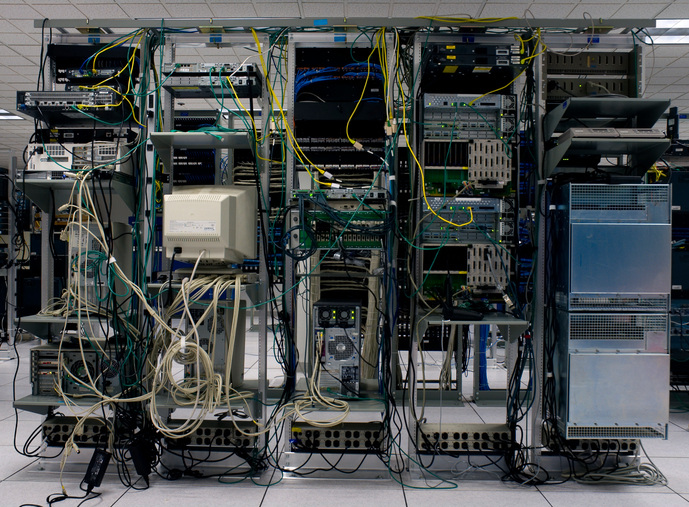
Tech wreck! Yesterday was a tough day for equities with the major indices suffering some of their greatest losses since earlier this year as the S&P500 lost 3.3%, the Dow Jones Industrial Average fell 3.1%, the Russell 2000 slipped by 2.86%, and finally the NASDAQ 100 slipped by 4.44% led by the tech sector. The pain wasn’t limited to the tech sector as selling occurred across the board. There were no immediate reasons for the selling but rather it was most likely a culmination of many factors that have been swirling around the markets. First amongst them are rising yields which are top of mind, having recently broken out to the upside reaching 7 year highs earlier in the week. As I highlighted in yesterday’s note, rising rates will have an effect on not only the profitability of corporations, but also the budgets of households, which rely on financing for mortgages and car loans. Yes the Fed is raising rates, which is a driving factor in the recent uptick in yields. It is the Fed’s job to temper growth so as to prevent the economy from overheating, and the economy is running hot. Now to the ongoing trade war. I have been highlighting the negative impacts tariffs can have on the domestic economy since the war first broke out. Now it seems that the struggle between the US and China may not end as quickly as many had hoped leaving us to deal with the negative impacts.
Corporations are the first to feel the brunt of a trade war as materials sources from abroad go up in price and ultimately logistics (shipping, trucking, etc) are hampered intentionally slowing down supply chains. So cost of goods for producers are going up as are their shippings expenses. To make matters worse, the rising cost of fuel has also contributed to rising logistics expenses. If costs are rising faster than revenues, well you know what happens: profits go down. This week marks the unofficial start to 3rd quarter earnings season and investors will be keen to see if earnings will, in fact, show some of the strains of higher rates and the trade war. Yesterday morning Fastenal (FAST) released its earnings, which came in above expectations, but the language around the release spoke of rising costs associated with the trade war. Additionally, the IMF report citing slower global growth attributed to trade tensions helped put a fine point on these negative market factors. Now on to the tech sector, which is not necessarily subject to the same cost constraints as the more industrial manufacturers. Even though it is less clear how rising rates and tariffs impact a software or a media company they are ultimately impacted by cash constrained consumers. The real driver for the tech selloff is the same driver that caused its great rally earlier in the year: volatility. Remember that the NASDAQ 100 is still up 10.13% for the year (even with yesterday’s rout) compared to the S&P’s 4.19%. So volatility works in favor of rising markets and against sinking ones which is why the more volatile indexes like the NASDAQ and the Russell 2000 typically lead all markets to new highs, and also to new lows.
Let’s go to the charts to assess the damage and see where we might get some respite. The S&P500 broke through several import support levels but will get some support from its 2779 Fibonacci retracement line as well as its 200 day simple moving average (see chart 4 in my attached daily chartbook). A close below its 200 MA would cause a risk off signal for the S&P, which is now neutral. The Dow Jones Industrial Index also broke below some key support levels and is also in neutral territory. It will get some support at 25500 and its 25624 Fibonacci line. The Dow too will have to remain above its 200 day moving average in order to stay out of the sell zone. The NASDAQ 100 closed right on a critical support level at the convergence of its 200 day moving average and its 7056 Fibonacci line. It will get support at 7000, 6950, and 6857 and a close below the 200 day will cause the index to be in risk off territory. The Russell 2000 sold through its 200 day moving average early in the session causing selling to intensify and possibly affecting the other indices as well. The R2K is a risk off and will get some support below at around 1550 (see chart 7 in my attached daily chartbook). Crude oil continued its recent slide on news of a larger build in the prior week (that means increased supply), the dollar remained calm, and treasuries were largely unaffected by yesterday’s selling in equities.
As expected the selling continued overnight in Asia which will cause a weak open for stocks here in the US. The VIX index starts today at 23, which is well above the magic 18 indicating another volatile day ahead. Bonds may offer investors some stability as they have calmly traded up overnight and 10 year yields will start today’s session at 3.16%. Today we will get the consumer price index from the Bureau of Labor statistics and it is expected to show a year over year growth of +2.4% compared to last month’s +2.7%. You can bet that traders will be very much focused on this number today in the wake of yesterday’s selloff. We also get Delta and Walgreens reporting before the market open, which can affect trade today as well. Tomorrow we get the first releases from the big banks, which may offer some stability (banks typically do better in higher rate environments). Going forward, all earning will be carefully scrutinized as they take center stage in determining if the bull market can continue. Today’s session will be best watched from the sideline as traders sort out yesterday’s surprise move
.png)

